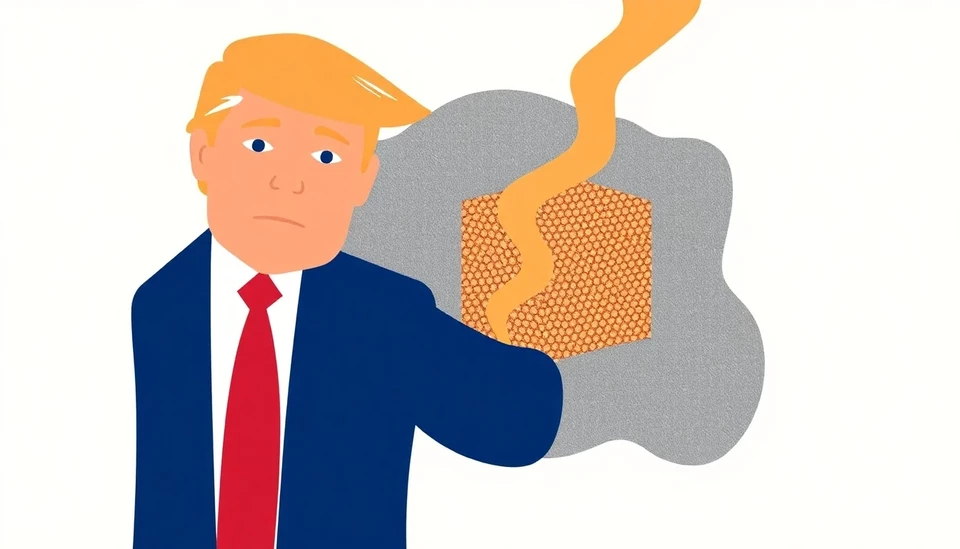
As the intricate web of international trade continues to evolve, former President Donald Trump's tariffs on foreign goods remain a focal point of discussion among economists, businesses, and policymakers. These tariffs, initially introduced as a protective measure, have inadvertently sparked a complex trade war that poses both opportunities and challenges for American companies, consumers, and the overall economy.
The main goal of these tariffs, set against products from countries such as China, was to bolster American manufacturing by making imported goods more expensive. The expectation was that this would encourage consumers to prefer domestically produced items, thereby fostering U.S. job growth and a healthier economy. However, the reality is proving to be more ambiguous as the broader implications of these trade policies begin to surface.
Many U.S. manufacturers have indeed reported short-term gains, enjoying a boost in business as tariffs led to reduced competition from foreign firms. Yet, this temporary windfall has been overshadowed by rising input costs and supply chain disruptions. Companies heavily reliant on imported materials and components soon found themselves caught in a whirlwind of elevated production costs. They were faced with a choice: either absorb these costs, which would erode their profit margins, or pass them on to consumers, leading to inflated prices for everyday goods.
Moreover, the fallout from these tariffs is not evenly distributed. Larger corporations may have the resources to absorb costs and adapt to changes in supply chains more easily than small and medium-sized enterprises (SMEs). As a result, SMEs are often left vulnerable, unable to compete under the same conditions, which can lead to a concentration of market power among a select few larger firms.
An unintended consequence of the trade war is also emerging in the global supply chain landscape. Many businesses are diversifying their supplier bases, seeking to minimize dependence on any single country, particularly China. This shift could potentially benefit countries like Vietnam, Mexico, and India, which are seeing an influx of investment as companies relocate operations to mitigate risks associated with tariffs. However, the long-term sustainability of such strategies remains uncertain, as companies must balance production costs with the inherent risks of uncertainty in international trade relations.
Consumer behavior is another area impacted by the trade war. The rise in prices of essential goods, combined with the pressures on wages, could lead to diminished consumer purchasing power. This situation creates a difficult dilemma for the average American family, whose budgets are increasingly strained as they face rising prices with stagnant income growth. The question of who benefits remains contentious, as the potential for economic growth clashes with the immediate repercussions faced by consumers.
As the Biden administration takes the helm, the future of these tariffs and the broader trade policy landscape remain uncertain. Debates continue around whether to maintain, modify, or eliminate certain tariffs as the administration seeks to balance domestic economic goals with international relations. The challenge will be to navigate these complexities without further exacerbating existing tensions or hindering economic growth.
In conclusion, the effects of Trump's tariffs are multifaceted, presenting both opportunities and challenges across various sectors. Understanding the nuances of this trade war is vital for businesses and consumers alike as they navigate a rapidly shifting economic environment.
#TradeWar #TrumpTariffs #Economy #USManufacturing #ConsumerImpact #GlobalTrade #SupplyChain #BidenAdministration
Author: Laura Mitchell




